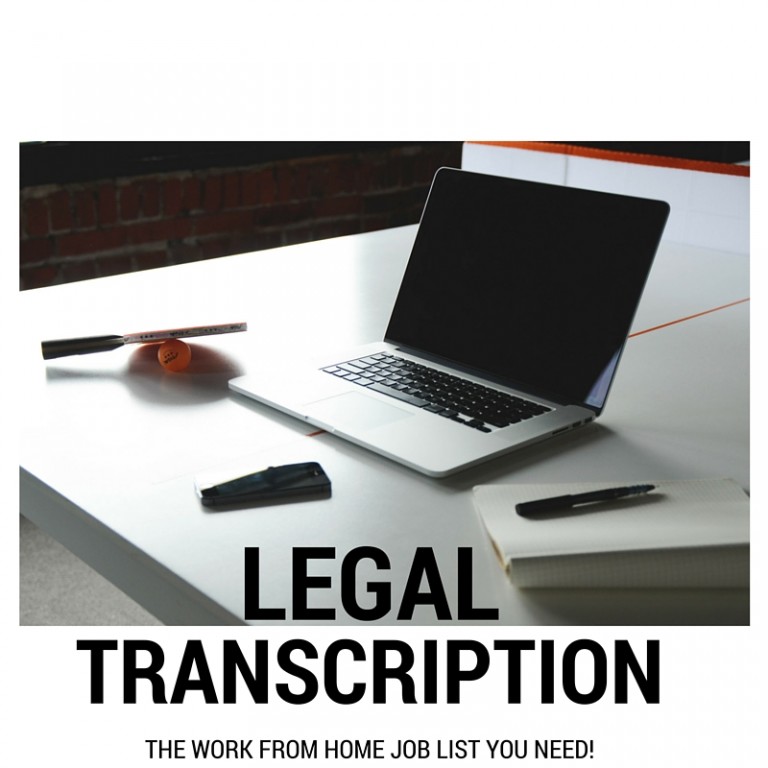

The audio sounded like it was playing in a tin can. I regretted this purchase about ten minutes into my first file. I figured, as long as I could hear the audio, there was no difference between a $10 model and a $30 one, right? Wrong! I’m not gonna lie - when I first started as a legal transcriptionist, I bought the cheapest headset I could find. The paid for or premium version works with about a dozen different foot pedals, giving you a lot of options.
#Legal typist free
And there is a free version that works great! The problem is, the freebie version is compatible with only one type of foot pedal.
#Legal typist software
The industry standard software is called Express Scribe. You’ll need special software that is compatible with your foot pedal so you can play files and transcribe them. You will likely be assigned audio files in a certain format like WAV or mP3. This frees up your fingers to type and will help increase your speed and accuracy (which means you make more money!). You can stop, play, pause, fast forward and go back with the tap of your toe. You can purchase everything individually or opt for a transcription bundle. Either way, here are some of the things you will likely need as a legal typist: Foot pedalĪ foot pedal will help you control audio playback with your foot. But for the most part, there was a core group of programs and equipment needed to work. Each one had different requirements for how things were done. I ended up contracting with a few different companies during my run as a legal typist. Speaking of transcription software, you will need a few things to get started as a legal transcriptionist. Thanks to the transcription software you’ll use, you can easily speed up audio so you can finish this step at a much faster rate than what it took you to type it. I always had to proofread and edit transcripts before turning them in - you will likely have to do this too! But don’t worry. This means I had to type every single word that was said including stutters, false starts, and filler words (like, you know, um, uh, etc.)Īfter I finished a file, it was my job to go back through the audio and transcript one more time to check for accuracy. I can’t speak for all legal transcription jobs out there, but the files I was assigned were almost always strict verbatim. In the legal world, this provides a hard copy of conversations, interviews, depositions, and file notes that can be much more easily referenced versus its audio counterpart. In its simplest form, transcription is the process of listening to recorded audio and typing out what is being said into a document. What Exactly is Legal Transcription and What Will I Do?

But first things first, I needed to understand what it means to be a legal transcriptionist and whether it was right for me before jumping in as a beginner. While I never envisioned myself as a work-from-home typist, I was eager to land work as one. And to top it off, I could set my own schedule as long as I got my work turned in on time. As a former paralegal, my interest was piqued.įor starters, the rate of pay was actually livable. But while browsing job openings on Indeed and Craigslist, I kept coming across several ads for legal transcriptionist jobs.
#Legal typist professional
I did not have any professional transcription experience. Jump-start your legal transcription career with this FREE mini course. So, what what was this oh-so flexible, bill-paying gig that allowed me to work and take care of a screaming newborn 24/7? Legal transcription. Sounds too good to be true, right? As it turns out, it wasn’t.

Well, after my son was born, I had to find a job that (1) paid well, (2) allowed me to stay home to take care of him, and (3) let me set my own schedule. But I didn’t set out to become a legal typist. Specifically, I was a legal transcriptionist. Before I was a freelance writer, I did a little transcription work. Before I was a blogger, I was (still kind of am) a freelance writer.


 0 kommentar(er)
0 kommentar(er)
